Bluestem Middle School
RDG Planning & Design designed Bluestem Middle School in Omaha by integrating a compact, efficient layout with community-focused spaces, natural lighting, and outdoor connections to enhance education and public access.
An extensive demographic study by Omaha Public Schools revealed an education gap and a growing population in South Omaha. With this population increase, the need for community services and economic development has become a priority. A critical component is the availability of public education in an area where schools have increasingly become overpopulated. In 2017, Omaha voters agreed and approved funding through a bond for additional public school facilities.
Bluestem Middle School is a new, 180,000-SF, ground-up construction project The project not only serves as a middle school for the area, but it also is a critical community asset. Bluestem provides public access to meeting and performance spaces, athletic facilities, library and digital media spaces, mental health offices and performing arts music development – all connected through a commons space or “main street” within the building for the community functions of the school. Capitalizing on the topographic change in the site and the compact area for development, the design created opportunities for site access, pedestrian circulation and outdoor programming. The building situates the library above the east entry to highlight the importance of reading in education. At the west entry, the gymnasium opens directly to the track and field for seamless play between indoor sports and field sports. The academic wing, located on the North half of the building, is compactly stacked in three levels for an efficient site footprint. Overall site strategies included separating bus traffic from auto traffic for improved circulation and creating outdoor gathering spaces.
The academic wing accommodates 900 sixth- through eighth-grade students and implements a similar, familiar community focus with areas dedicated to shared learning and classroom support, including classrooms focused on art, technology, language and special services. All are easily accessible in the core of the academic wing. Circulation within the school was carefully planned to decrease travel time between classes and to auxiliary functioning spaces of the building with multiple connected levels and vertical circulation throughout. The design team worked to provide natural daylight and access to exterior views whenever possible. The connection to the exterior was an important design parameter for all spaces, including classrooms, stairs and circulation spaces.
Design: RDG Planning & Design
Contractor: McCarthy Building Companies
Owner’s Program Manager: Jacobs
Photography: Thomas Grady Photography

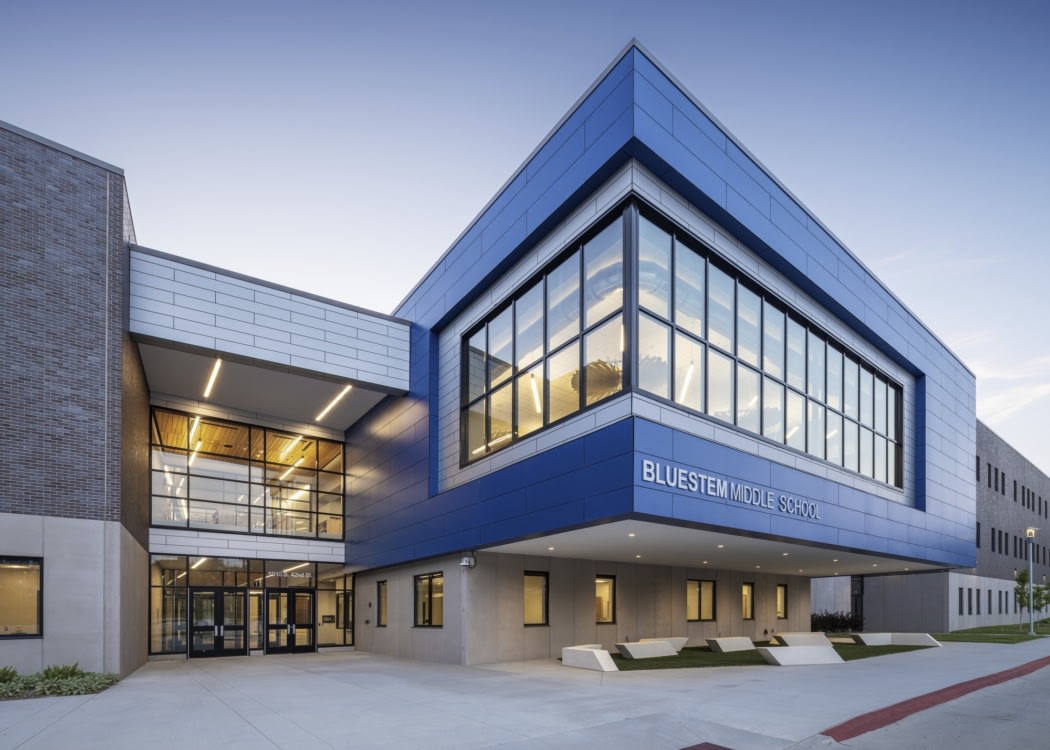

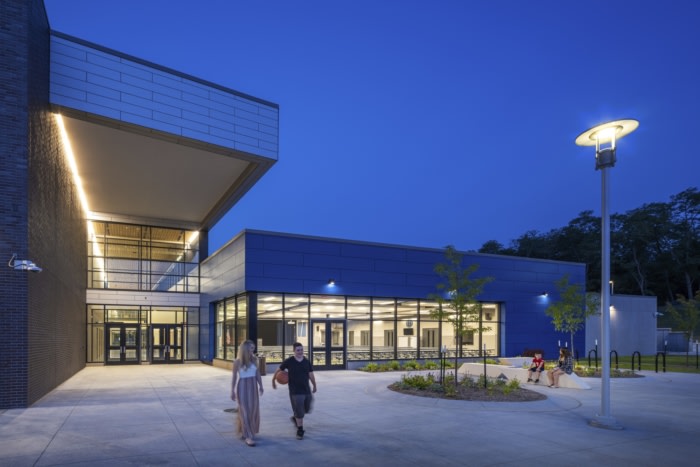
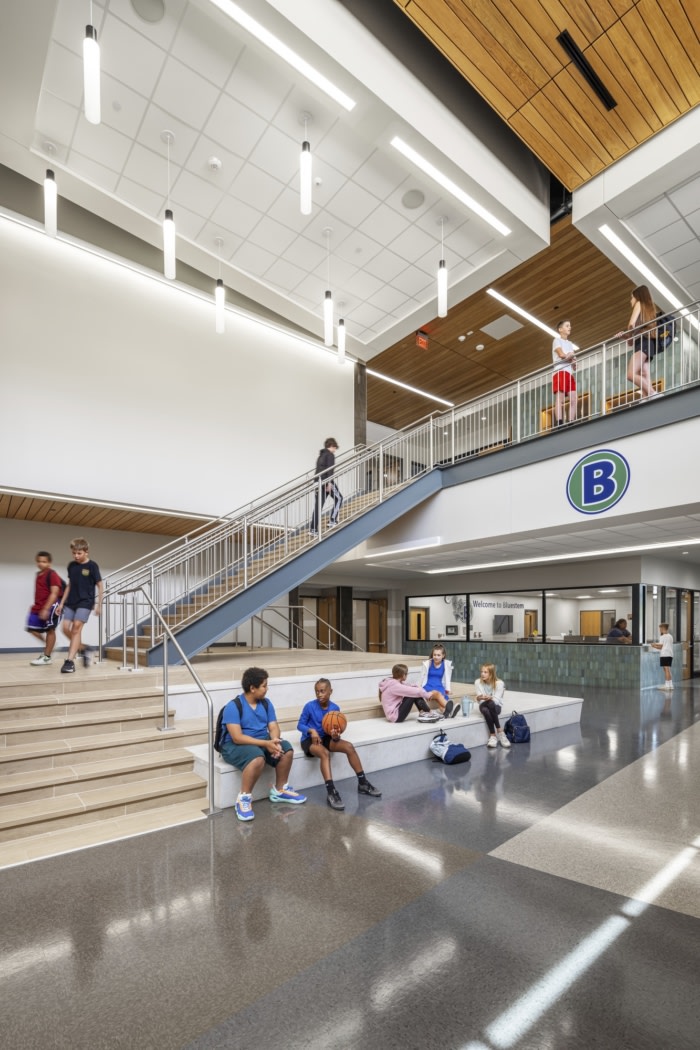
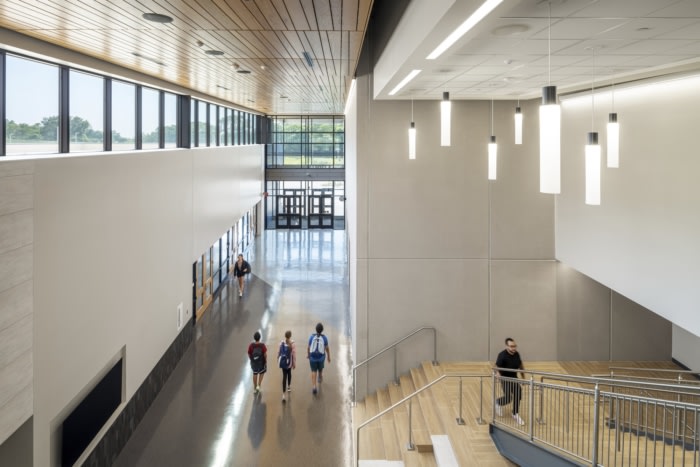

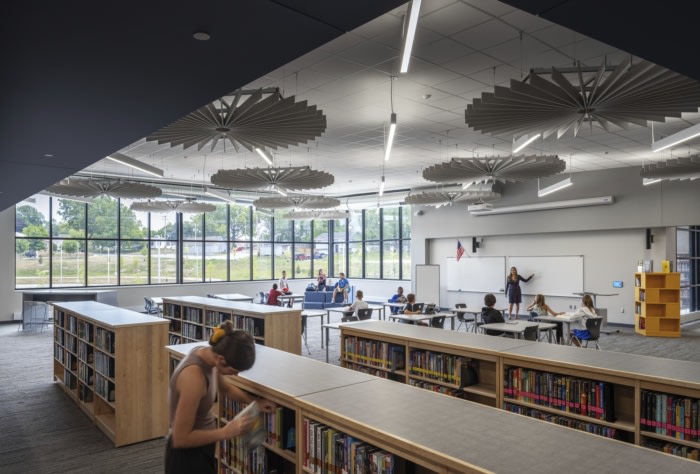
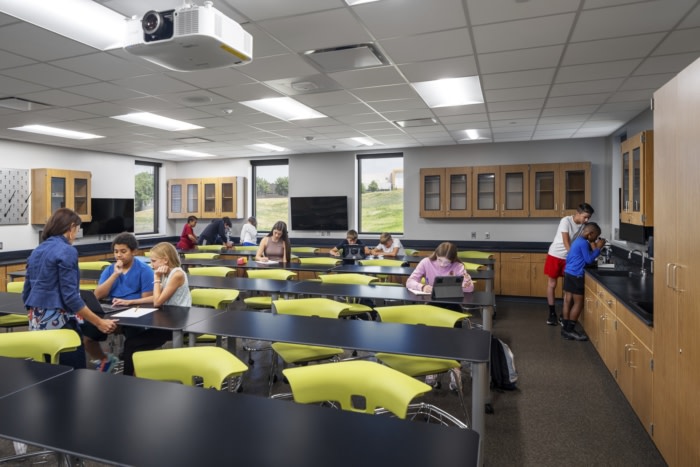
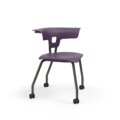
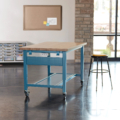
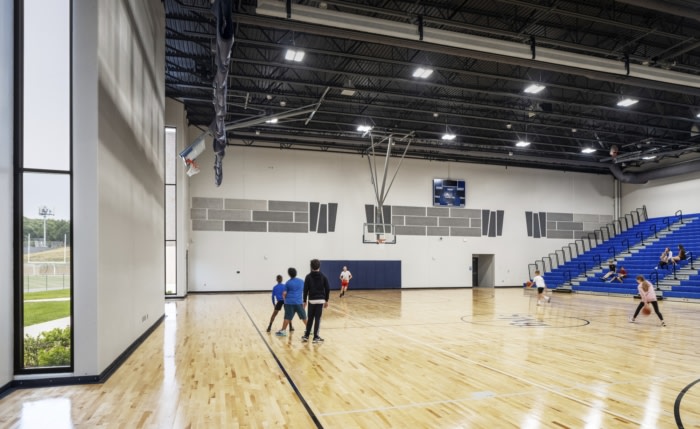
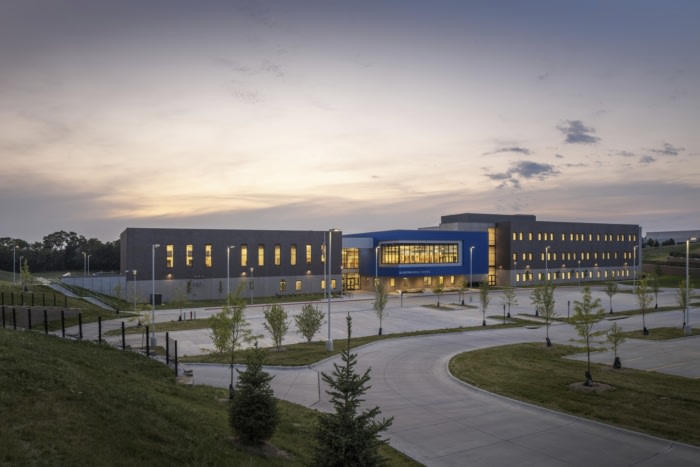



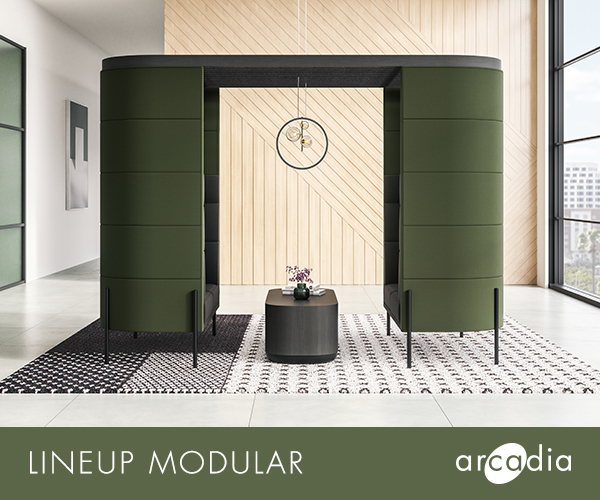
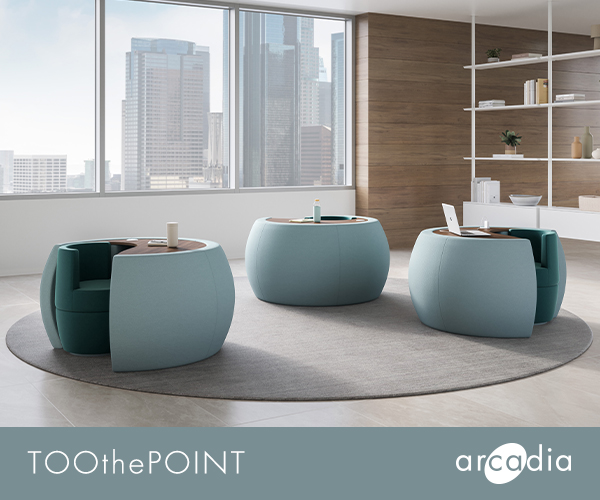




Now editing content for LinkedIn.